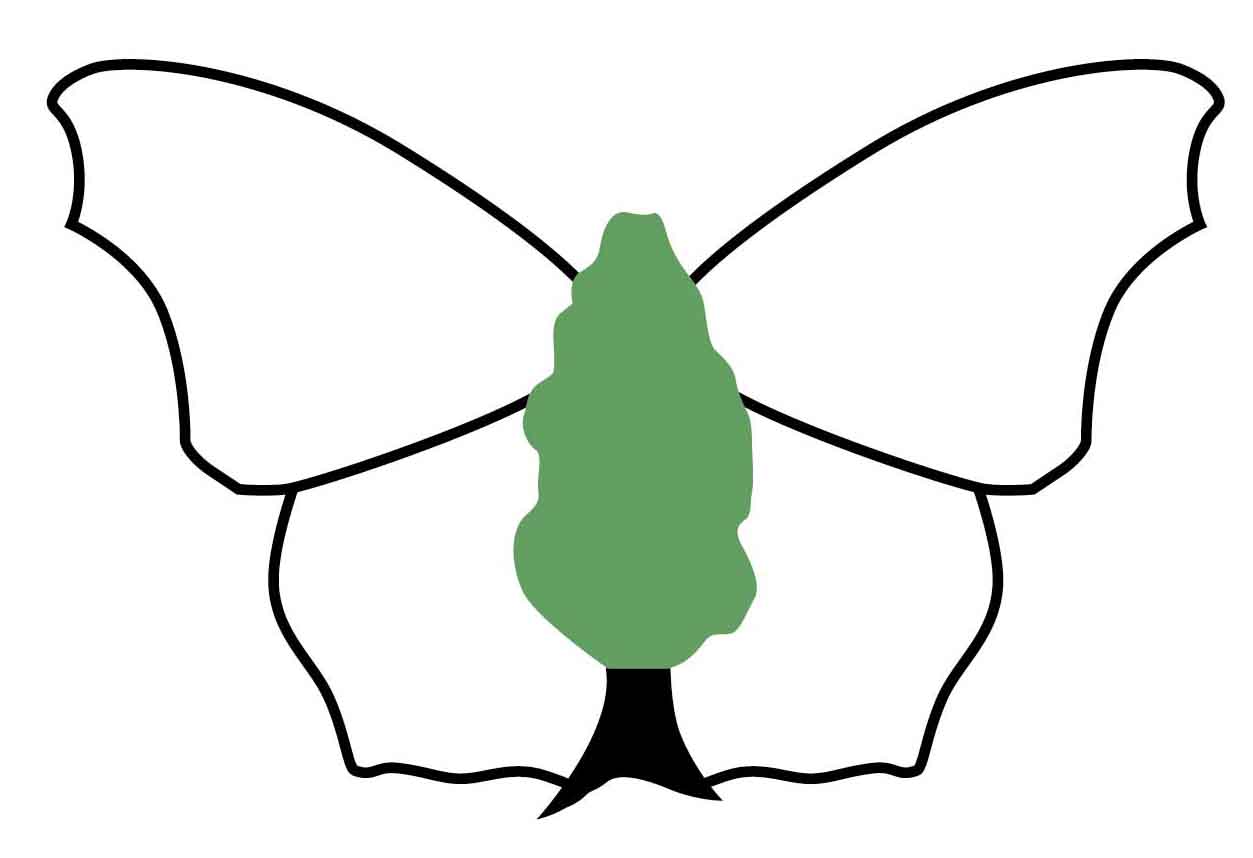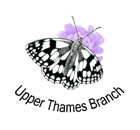Goat Moth
(Cossus cossus) | 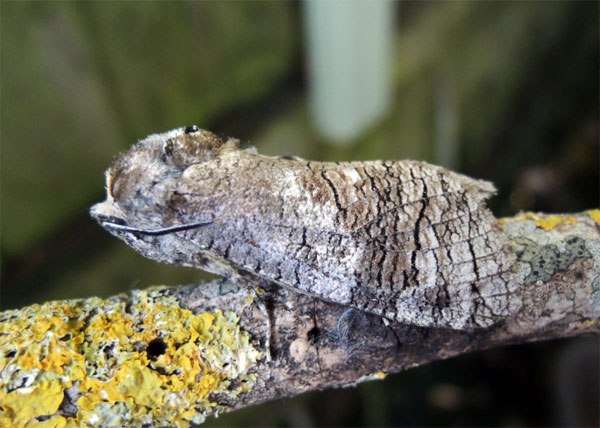 | | Rare in the Upper Thames region. The adults are on the wing during June and July. Larvae feed under the bark of broad-leaved trees, and may overwinter 3 or 4 times before pupating. | Contact:
priority-moths@upperthames-butterflies.upperthames-butterflies.org.uk |
| Forester
(Adscita statices) | 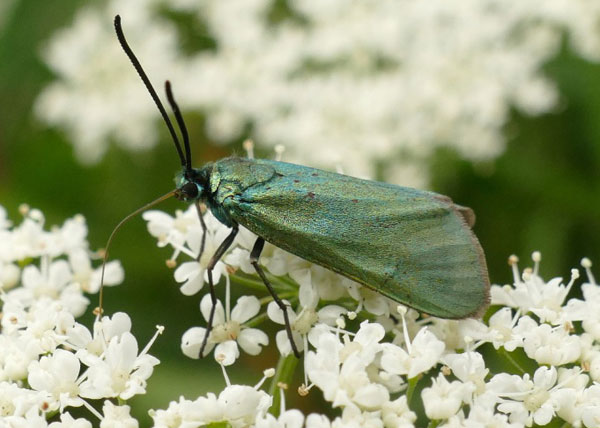 | | This species flies in sunshine during June and July. The larva initially mines a leaf of Common Sorrel in July and August, and then feeds externally on lower leaves until May, when it pupates in a cocoon near the ground among vegetation. | Contact:
priority-moths@upperthames-butterflies.upperthames-butterflies.org.uk |
| Drab Looper
(Minoa murinata) | 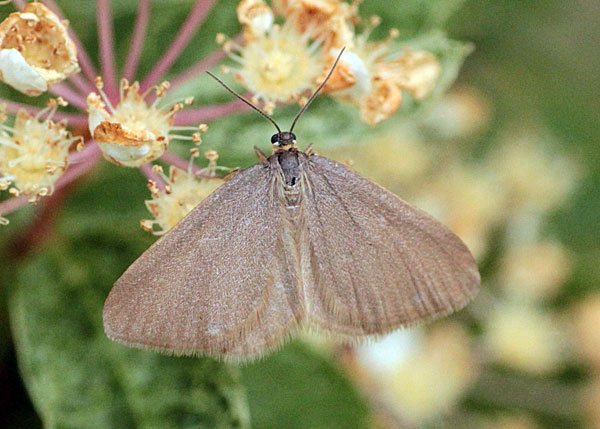 | | When fresh, the wings of this species have a delicate silky sheen, but this soon fades. It is day-flying, preferring sunny weather. It occurs in woodland in southern parts of England and Wales. The larval foodplant is Wood Spurge. The flight period is May to June, with a partial second brood in August. | Contact:
priority-moths@upperthames-butterflies.upperthames-butterflies.org.uk |
|
Sloe Carpet
(Aleucis distinctata) | 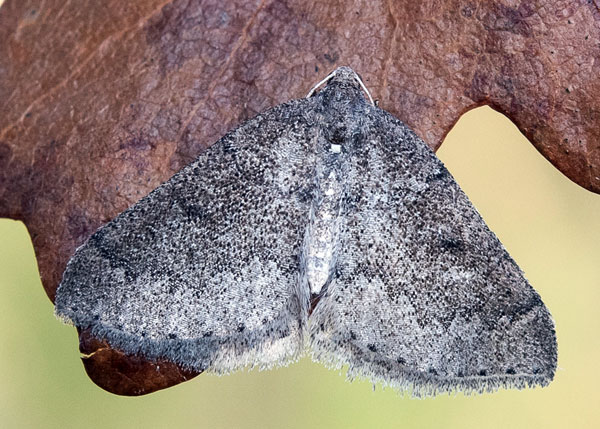 | | Locally distributed in southern and south-eastern England, this dull greyish species inhabits woodland and bushy areas. The adults fly during April. The larval foodplant is Blackthorn. It was last recorded in the UTB area in 1983. | Contact:
priority-moths@upperthames-butterflies.upperthames-butterflies.org.uk |
| Four-spotted
(Tyta luctuosa) | 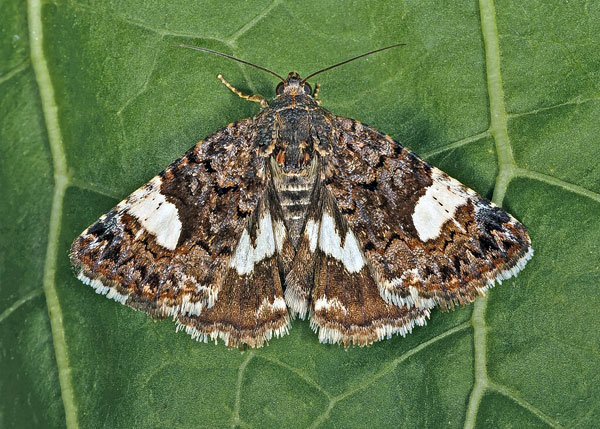 | | This scarce and vulnerable species was once widely distributed in the south, but is now restricted to a few small populations. The larvae feed on the flower buds of Field Bindweed. It is on the wing between May and August, and flies from dusk. It can be found in dry, sandy or chalky terrain and wasteland. | Contact:
priority-moths@upperthames-butterflies.upperthames-butterflies.org.uk |
| Striped Lychnis
(Cucullia lychnitis) | 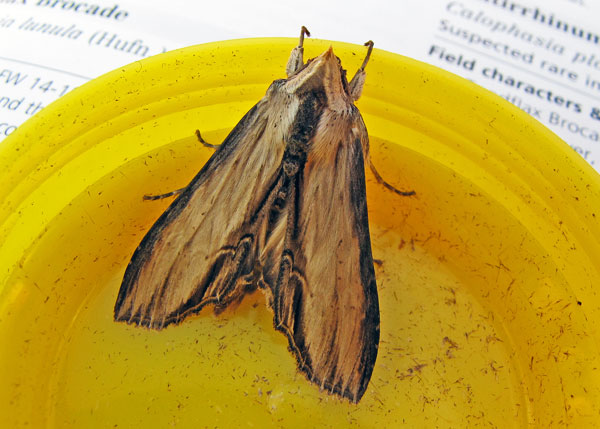 | | A very local species, occurring only in a few scattered localities in the south of England. The adults are on the wing during June and July. They come to light. The distinctive larvae feed on the flowers of Dark Mullein and White Mullein. | Contact:
striped-lychnis@upperthames-butterflies.upperthames-butterflies.org.uk |
|
Heart Moth
(Dicycla oo) | 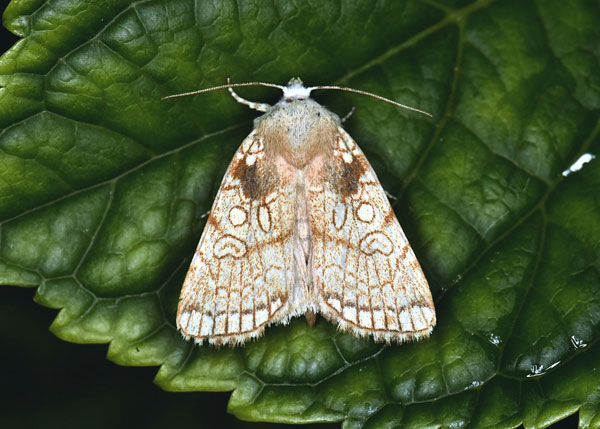 | | A very local species, inhabiting woodland and parkland in and around the Home Counties. It flies in June and July, when it can be attracted to sugar as well as light. The larvae feed during the night on Oak. | Contact:
priority-moths@upperthames-butterflies.upperthames-butterflies.org.uk |
| Pale Shining Brown
(Polia bombycina) | 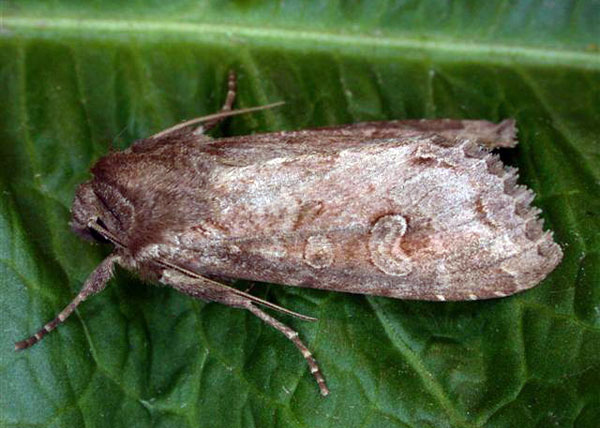 | | Formerly more widespread, the range of this species is contracting, and is now mostly found in south-eastern England. The adults fly in June and July, when they visit light, sugar and flowers. It was last recorded in the UTB area in 2013. | Contact:
priority-moths@upperthames-butterflies.upperthames-butterflies.org.uk |
| Silvery Arches
(Polia hepatica) | 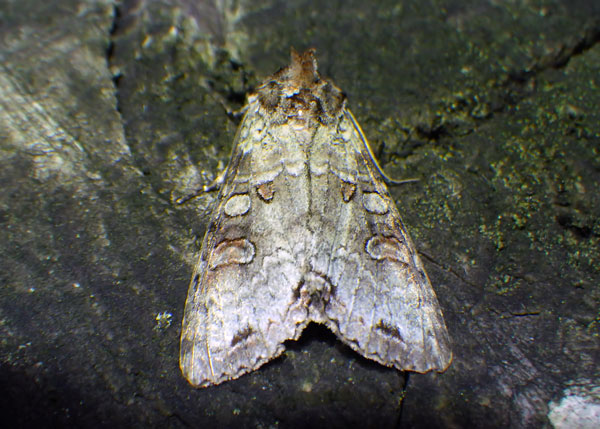 | | This moth has a scattered distribution, being commonest on the heaths of south-east England, Cumbria and central Scotland. It prefers woodland and heathland, where the larvae live on Birch and Bog Myrtle, amongst other plants. Adults fly in June and July, and are attracted to sugar as well as light. | Contact:
priority-moths@upperthames-butterflies.upperthames-butterflies.org.uk |
|
